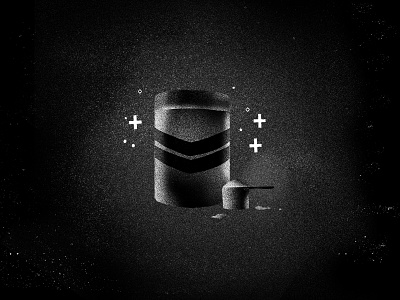In addition, the focus of putrescine was at a degree of 58.1 mM (∼5.12 g/liter) in the ornithine-overexpressing strain Corynebacterium glutamicum ORN1 during which a series of engineering strategies have been combined. In recent times, with the development of tools and strategies associated to programs metabolic engineering, creating strains to supply diamines has change into extra and more practical (11). Di-arginine Malate powder USA, on diamine biosynthesis are reviewed here, together with metabolic engineering and biocatalysis (1, 12, 13), and some necessary production knowledge are summarized in Table 1. Moreover, research on bio-based mostly nylon and challenges in the event of diamine biosynthesis present a beneficial reference for the institution of solely new bio-based mostly nylon production methods. Diamine biosynthesis techniques were successfully established in E. coli, C. glutamicum, and different microbes, and this will speed up the event of many other diamine biosynthesis techniques in the future. Microbial metabolic C5 pathways for diamine manufacturing. 2012. Improving putrescine manufacturing by Corynebacterium glutamicum by fantastic-tuning ornithine transcarbamoylase exercise utilizing a plasmid addiction system.

Recently, excessive-performance microbial factories, resembling Escherichia coli and Corynebacterium glutamicum, have been widely used in the manufacturing of diamines. The results showed that the manufacturing rate of 1,3-diaminopropane in the C4 pathway was relatively greater. Therefore, the C4 pathway was employed to synthesize 1,3-diaminopropane by overexpressing codon-optimized dat and ddc genes in E. coli TH02 that relieved feedback inhibition of some intracellular amino acids (i.e., l-threonine, l-isoleucine, and l-lysine), primarily based on E. coli WL3110 by mutating two major aspartokinases (encoded by the thrA and lysC genes). The evaluation found that, in the C4 pathway, the catalytic process of Dat and Ddc, the important thing enzymes for the synthesis of 1,3-diaminopropane, did not require the participation of any cofactors, whereas within the C5 pathway, the catalysis of the limiting enzyme spermidine synthase (SpeE) requires S-adenosyl-3-methylthiopropylamine as a cofactor, which was the main motive for the low efficiency of the C5 pathway.
As compared, the C5 pathway of 1,3-diaminopropane requires extra glucose and the extra special cofactor dAdoMet but can synthesize NADPH, NADH, and ATP. You possibly can create a draft and submit it for evaluate or request that a redirect be created. 2019. Chasing bacterial chassis for metabolic engineering: a perspective evaluation from classical to non-conventional microorganisms. 2019. Systems metabolic engineering strategies: integrating techniques and synthetic biology with metabolic engineering. Because the synthesis of 1,3-diaminopropane was only reported in Acinetobacter and Pseudomonas species, the relative lack of genetic background info and gene manipulation tools for these two microbial programs limited the in vivo synthesis of 1,3-diaminopropane. In 2015, Chae et al. In the C5 pathway, with α-ketoglutarate because the 5-carbon skeleton, 1 carbon is eliminated to form the 4-carbon putrescine, and then the putrescine is additional used within the synthesis of 1,3-diaminopropane. This data present the key roles of oxaloacetate and α-ketoglutarate in the synthesis of diamines. 1,5-Diaminopentane is formed by adding a 3-carbon skeleton (pyruvate) on the 4-carbon skeleton oxaloacetate first and then removing 2 carbons.
Before constructing the heterogeneous synthesis pathway of 1,3-diaminopropane, in silico flux response analysis was first performed to compare and analyze the production rates of the C4 and C5 pathways. A large number of metabolic engineering research have been carried out in C. glutamicum for overproduction of 1,5-diaminopentane as a result of this strain has a high capability for l-lysine production. Here, we reviewed approaches for the biosynthesis of diamines, together with metabolic engineering and biocatalysis, and the appliance of bio-primarily based diamines in nylon materials. The related challenges and opportunities in the development of renewable bio-based mostly diamines and nylon materials are also discussed. Environmentally pleasant and sustainable biosynthesis of diamines is expected to turn into a viable different for producing diamines, which will even promote the event of bio-primarily based nylon materials. With growing consideration on environmental issues and inexperienced sustainable growth, using renewable uncooked supplies for the synthesis of diamines is crucial for the institution of a sustainable plastics trade. Obviously, biosynthesis of various nylon monomers is a key limiting think about the development of bio-based nylon supplies. 2015. Properties of bio-based polymer nylon 11 reinforced with quick carbon fiber composites.
